
|
| Accept Cookies | Customize | Refuse Cookies |
Maurob10 www.juzaphoto.com/p/Maurob10  |
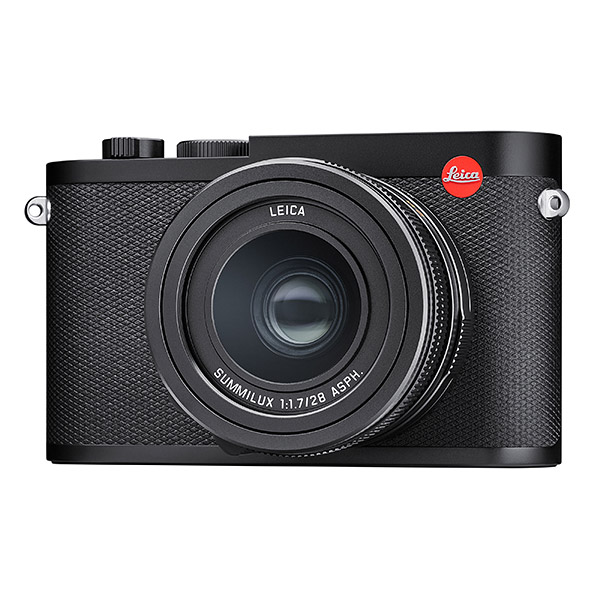 | Leica Q2 Pros: File, all-in-one camera, tropicalization, C4K, optical stabilization Cons: ergonomics, viewfinder, focal length, battery life, USB-C port missing Opinion: With this car it was love and hate from the first day, a lot of love and positive points but also some flaws. I state that I used it for work, I deal purely with product and I bought it as attracted by the 28mm and its being basically a compact. The sensor and optics need no introduction: it is objectively the best compact on the market. The Macro function combined with a high-end assembly quality (Sony, Canon and Fujifilm put together if they dream of it) and a very good lens stabilization make it a very versatile machine. The "problem", at least for me, has been identified more than anything else in the real focal length of this lens: it is full of online feedback that attests to its being practically a 24mm, which added to the viewfinder and battery life quantifies the real moles I found. As for ergonomics it is evident that it is not its forte, I have remedied by buying original grip and finger loop with which the machine becomes practically the extension of your wrist, but take into account to make it lose a bit of grace in the lines. Someone will get a gastritis read it but this machine on VIDEO, despite the limitations at the level of ports (not present), manages to churn out very interesting files (even in C4K), it is to keep in mind especially for emergencies such as body-C or traveling. I will not talk about prices or how much it is or is not justified, I will just say this: from my experience I am of the opinion that it is the Leica of wannabe photographers or rather for those who want a Leica but do not want to have temptations or additional costs. My work needs combined with its being too "digital" and modern helped convince me to sell it. I hope that the Q3 will have a version with a 40-50mm sooner or later, would be nice! sent on April 04, 2023 |
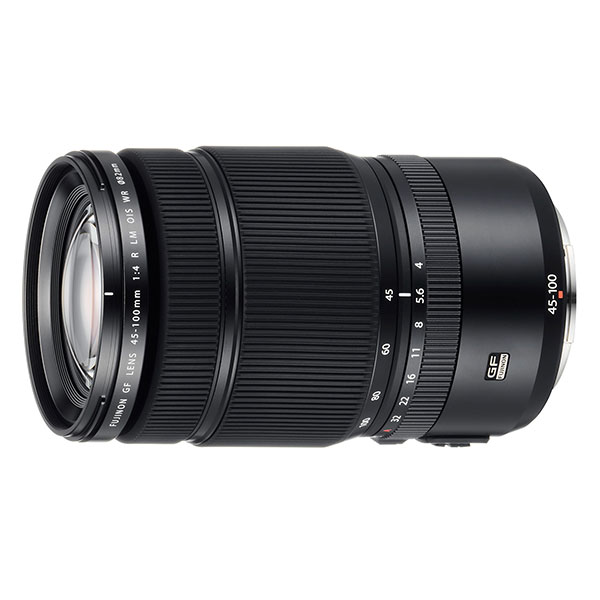 | Fujifilm GF 45-100mm f/4 R LM OIS WR Pros: yield, construction, stabilization Cons: distance of MaF Opinion: this is the first review I write for a GF system optics, and I spend it on an optical lady. Yes, this is not a zoom at all: you immediately understand it when you hold it for the first time, the construction is masterful and is not denied when you use it. This lens has nothing to do with full frame & aps-c zooms, I use it on GFX 50S II with great satisfaction in my product and food shots. Its versatility combined with a very efficient stabilization (phenomenal combo OIS + IBIS) allows me to shoot static even at 1/8 of a second, allowing you to maintain the operational flexibility of the handheld shot without skimping on the qualitative speech or soaring the ISO. I think it is the best GFX lens that I have had the opportunity to use so far, a jewel with an important weight and size (for users with a "sensitive wrist" it will be too much in everything) but that returns incredible results. If you are interested in a versatile lens for GFX bet direct without delay, maybe a good used rather than a new 35-70 .. I also prefer it to the 32-64 that I had (beautiful too) but that had the small "handicap" of being, for my use, too wide angle and without stabilization. sent on November 18, 2022 |
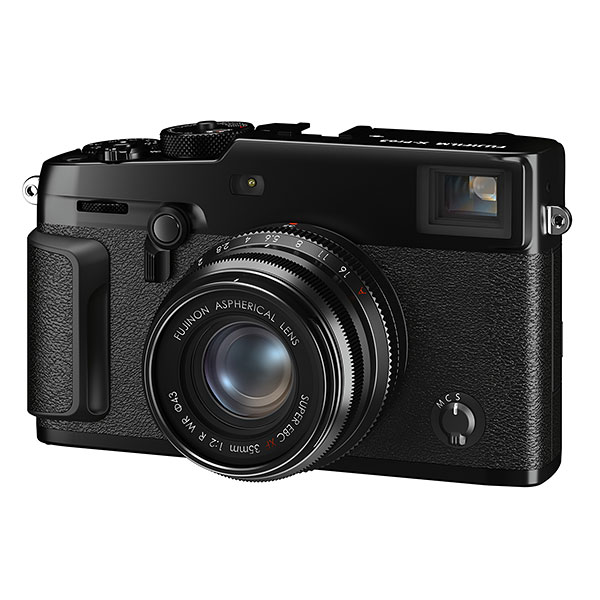 | Fujifilm X-PRO3 Pros: rangefinder, sensor, build quality, fantastic appearance, film simulation display, shooting experience Cons: ISO bezel, grip (maybe) and nothing else Opinion: I think the X-Pro3 I think is the most beautiful machine I've owned so far, Fujifilm with this small and powerful rangefinder has really hit the mark. The construction is nothing short of the first point in favor that you come across when you have it for the first time in hand: the rings, buttons and chassis I found them nothing short of fantastic. This camera made me rediscover the pleasure of shooting in my free time and in particular with fixed, I use it with 3 optics of my kit: 23mm f2, 35mm 1.4 and 135mm 2.8 Leica Elmarit R. I will not talk about the sensor and the technical specifications because this machine is built for the pure taste of shooting: the shooting experience and the feeling when you have it in your hands are absolutely unique, not even the 100v that I had the opportunity to try for a month gave me these sensations. The much discussed rear display I like, when I use the pro3 everything I look except the practicality of the rear screen because the greatest advantage of this machine is precisely the desire that makes you shoot only with the viewfinder. The detail of the film simulations always visible (or replaceable with the shooting data, ugly) together with an almost maniacal care of everything that is visible return a fulfillment that is difficult to explain. The only two defects I found are in the ISO ring that is too cumbersome in use (unlike the 100v to which it remains raised here there is a spring mechanism that always puts it back in place) and often makes you feel a little clumsy and the other is the grip, they could have put a little more .. always the feeling of holding it with the last phalanges of the fingers. I think it is the perfect machine for those who already have at least one other Fuji body and are looking for a second premium and original body, and what should not be underestimated is unique in look and colors: I bought a durablack and I can tell you that this much discussed painting gives it further character (and many attached fingers). I do not comment on the price, if you think that to find a similar car you have to go on an m10 (almost a 0 more) while I find good battery life, probably due to the lower use of the rear display sent on November 25, 2021 |
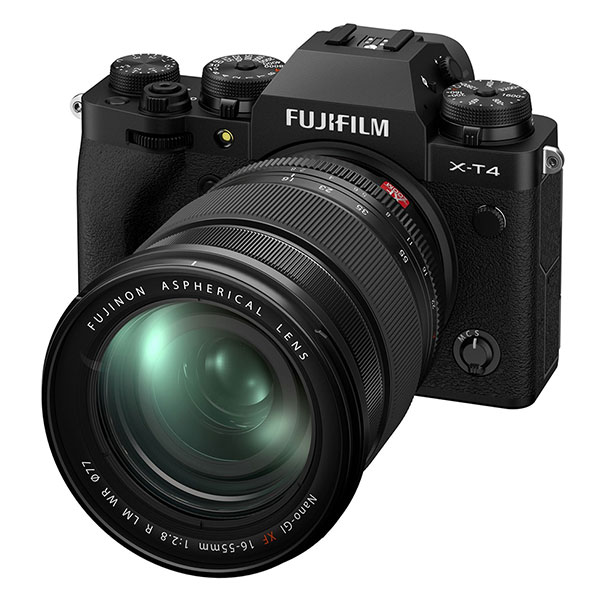 | Fujifilm X-T4 Pros: AF, Battery, EVF, IBIS, Fujifilm Film Simulations, File Quality and Workability, Video Capability (File Workability, Scenario Reading, Af), Complementarity with Capture One, Sensor Cons: Articulated monitor, a little bit about ergonomics Opinion: The X-T4 was the replacement for my previous X-T3, a machine with which it shares (as you well know) the sensor and film simulations (except for the addition of Classic Neg, beautiful). The novelties / differences, although few, are consistent and, in my opinion, mask almost all the relatives mentioned above and not. Starting from the battery, especially in a video use, the difference I found is enormous: sometimes it touches three times the capacity of the old NP-W126. Another noteworthy and equally important difference is the stabilization, which I find to date the best together with that of the Panasonic-S system, allows you to work in absolute tranquility in handheld and consequently increases the creative possibilities. As for the machine itself, my level of satisfaction is high: fabulous EVF as well as Fuji film simulations that give character and an important imprint to the files without compromising their workability. Since I switched to Fuji my workflow has also been speeded up thanks to the latter, especially if you use Capture One for editing. It is a machine that I recommend to those who make a hybrid use of photo / video and want to have a powerful, beautiful machine with a park of optics made (almost all) with great care and build quality. If you do not let yourself be overwhelmed by the syndrome of "Bigger sensor = better photos" this machine in addition to the Fuji optical system will allow you to take away great satisfaction (and also save a few euros, try it to believe), "even if you have to work on it" (like me). I am now happy owner of: X-T4, X-H1, X-PRO3, X-E3 in combination with 23mm f2; 35mm 1.4; 16-55 2,8; 50-140 2.8 and a Sigma 18-35 1.8 adapted with a Fringer (another superlative lens on Fuji's sensor). sent on September 04, 2021 |
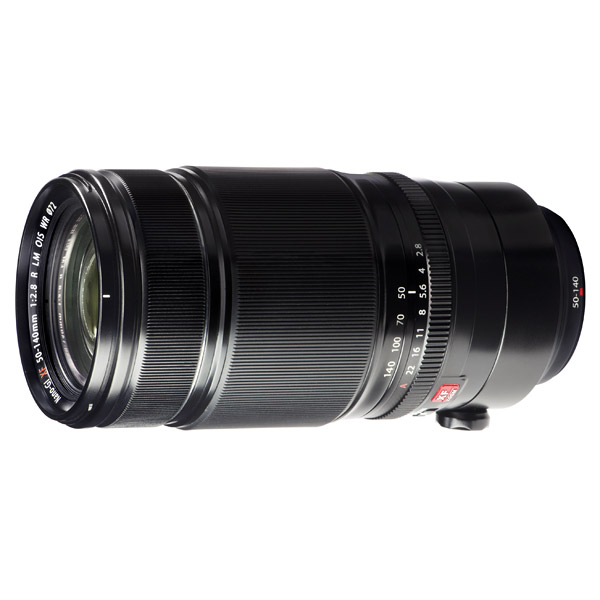 | Fujifilm XF 50-140mm f/2.8 R LM OIS WR Pros: AF Speed, Stabilization, Construction, Minimum MaF Distance, Optical Yield, Weight and Size, Weather Resistant, Internal Zoom Excursion, Price Cons: Aesthetics, Paraluce Construction Opinion: [Review after one year of use] The optics I have been using more and more is the 70-200 so this 50-140 was the first lens I purchased in conjunction with my switch from Sony to Fuji. The optics have a really remarkable construction, a lot of metal and even the rubber of the rings is of excellent quality (and flows internally), too bad for the plastic (ccia) lampshon really not in line with the construction quality of Fuji. As for the really important point of view, that of practical use and optical quality, here there is little to say: a perspective studied and developed really carefully, allows to make incredible close-ups thanks to the very short focus distance and has incisiveness and a TA yield with relative blurry truly noteworthy. All this like a bit of all Fuji optics, offered at a really ridiculous price when compared to FX competitors, because net of paranoid/inferiority syndromes of those who see only the Full Frame as the only format with which to work this system offers excellent value for money and in many cases exceeds fx offers such as optical yield and performance (see the distance of MaF in this case). It also behaves egregiously on Video with a really precise tracking (and customizable from menu in the car) that I personally use little by almost always turning in MF or with focus assist but that represents an excellent feature for those who approach the video world and want an optics with which to learn and take home the shot without too much trouble. Finally aesthetically maybe it is the visually ugliest optics I have had, I understand the philosophy of compact (or as many say "mirrorless philosophy", I get the chills every time I read it) but to date I still do not understand this obstinacy on the part of Fuji to make optics that tighten at the tip. sent on February 06, 2021 |
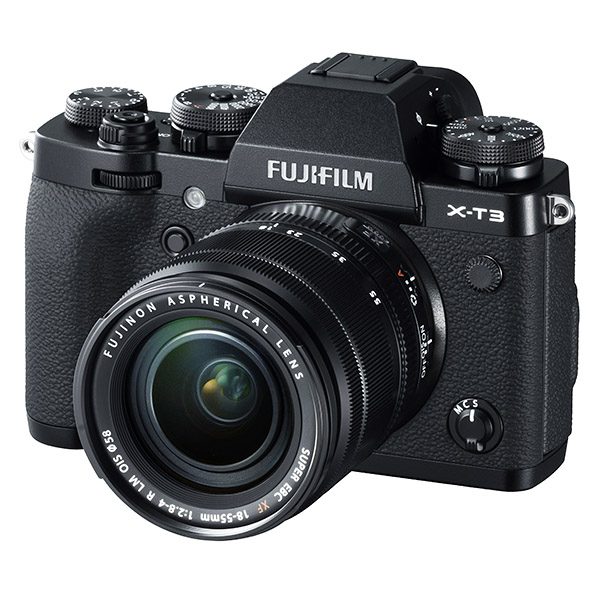 | Fujifilm X-T3 Pros: Sensor, Autofocus, Video Capacity, Construction, Value for Money, Color Profiles, File Workability, Machine Vexatility, Monitor and EVF Cons: Battery life (especially on video), silver paint delicacy, lack of dedicated button for REC Video Opinion: [Review after a year of regular and intensive professional use] The X-T3 was my first purchase (I took two) which sanctioned the definitive Switch from Sony (A7R III). I liked the machine visually right away: vintage look, construction and a really nice menu immediately pop to the eye, but the real surprise I had when I started working on it. On photography it is the only brand together with Panasonic (Sistema S) with which I found myself working with extreme satisfaction in Jpeg, the sensor brings out results that have nothing to envy to the much vaunted Full-frame, especially when combined with the right optics. On the video side the surprises do not end, because this car so cute (sometimes even too much for me) churns out a 4k 60p file of incredible beauty and workability; if you then, like me, use it with an Atomos Ninja V you will go from 8 to 10bit and the internal battery of the machine will benefit. The battery, as specified above in the cons, is the real drawback of this machine especially if you use it on video: you will hardly make more than 20min in 4k 60 without having to change it, while in the photo the duration attested by me is between 400 and 500 shots (with bluetooth and wifi turned off and use in slow burst CL or single shot S) which leads you to two options that are not mutually exclusive. The first is to buy the battery grip (take its, on the used are located at really bargain prices), built really well that allows you to accommodate two more batteries with related extra batteries or the second that is to buy only the latter. At current prices it is impossible to find a similar PRO tool, I personally am not nostalgic for Sony and even in the switch I benefited in some components to which my R III and in general Sony was quite allergic/deficient (video side and color profiles for example). To date the T3 represents my second photo/video body from Tripod while I recently added a T4 as the main body and for handhelds, although I had already worked with great satisfaction with the T3. My advice is to try it without prejudice, all the paranoids inherent in sensor size / do not feel pro if you use an APS-C sensor will pass you when you start looking at the first files I hope this feedback can come in handy, a greeting! p.s. if you buy Silver put your soul in peace, if you use it without using it with gloves sooner or later a scratch /ruler somewhere will pop up! sent on February 06, 2021 |
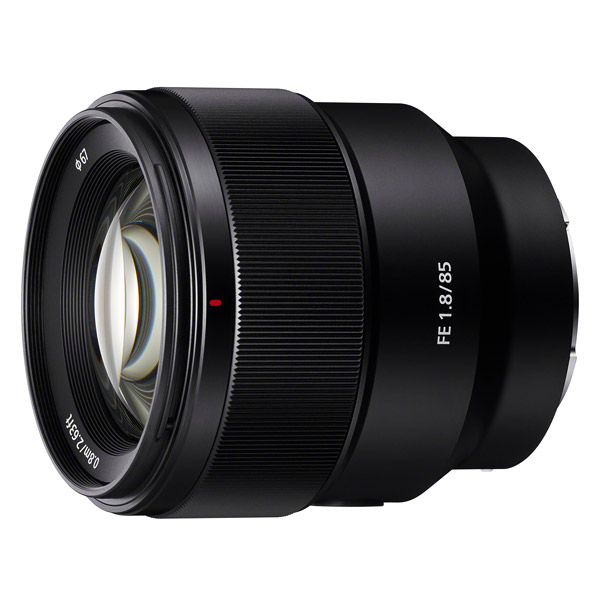 | Sony FE 85mm f/1.8 Pros: Weight, AF, price, construction, colors Cons: Lens hoods, light points, Bokeh Opinion: I bought this lens to add a tele from portraiture to my kit, the lens is well built, light and right from the start the impression of being very solid. The focus ring is metal, as on all Sony lenses, very nice to the touch but tends to get dirty easily and scratch, while I find too "Plasticoso" the lens hood. Very useful the softkey on the left side of the barrel (I have the eye-AF set), in this lens you will appreciate the AF more (flawless and silent, as many lenses Sony works "better" in AF-C than in AF-S but we certainly don't talk about a flaw) and The weight that make it a useful and practical lens even to make street.� It already enjoys a great sharpness at TA, but if you close to 4 it becomes perfect for the level of definition that you have in the frame. Before the purchase I also tried the Sigma Art 85 1.4 and the Sony GM 85 1.4 and I have to tell the truth, to the of the details like size, weight, price (mostly) and aperture, I found really little difference between these two and the 85 Sony. Surely the Art enjoys a higher bokeh and even greater detachment, but for the use that I have to do I did not justify the purchase (it is also slower than AF), while the Sony GM did not excite me much, I found it superior only in the management of points Light.� The 85 FE 1.8 to date is on my list of "best-buys" along with Samyang 35 FE 2.8: With just under €600 you bring home a great portrait lens (I bought it with Sony cashback) that has nothing to envy to the Big Brother GM. sent on December 03, 2018 |
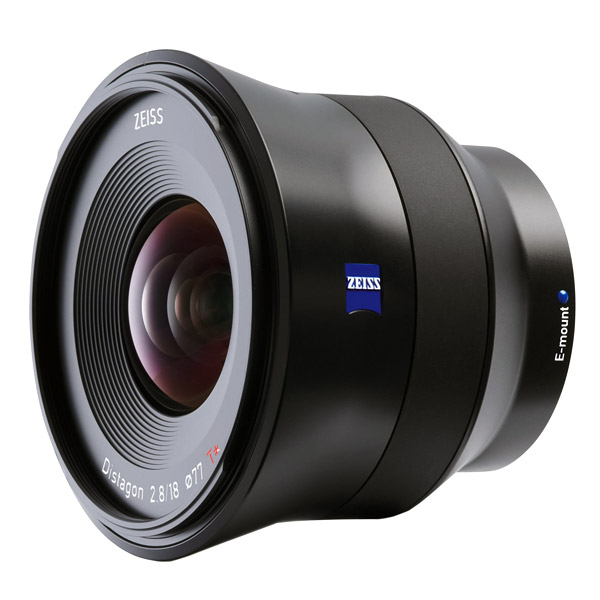 | Zeiss Batis 18mm f/2.8 Pros: Exceptional sharpness, size, Flare management, noiselessness AF, field angle Cons: price, sometimes excessive distortion Opinion: I purchased this wide angle lens intrigued by the various reviews online views, but mostly for the size and weight really contained. It is eloquent right from the start that you have something extremely "premium" in your hands, the assemblies are extremely cured and the ring is soft and it is easy to make perfect MAF thanks to the OLED display that displays the Distance. It is an extraordinary lens: exceptional sharpness, angle of field and management of the Flare are his battle horses while with regard to the distortion I find that sometimes it is a bit too excessive (nothing serious, with Photoshop with the appropriate profile and some Another adjustment is always the quadra). It is to date a lens that I recommend for landscapers but also for interior photographs, perhaps the only lens that could make me change my mind is the Sigma Art 14 1.8. Last but not least the price: it is a lens that only on the used one enjoys an attractive price: it is possible to find specimens with €900, while on the new one must reason on double the digit. sent on October 08, 2018 |
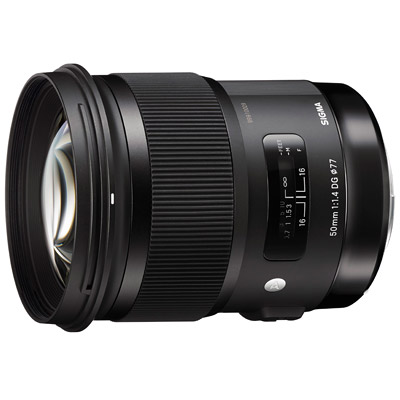 | Sigma 50mm f/1.4 DG HSM Art Pros: Image quality, Bokeh, three-dimensionality, value for money, sharpness, edge to TA Cons: AF Dancer with low light, weight, AF calibration in some specimens Opinion: Ever since you grab it for the first few times you realize you have in your hands something very premium, finishes and construction have nothing to envy to the much more noble Zeiss etc. mounted on my D800 in the early shots I was impressed by the cleanliness of the files It generates, especially when combined with "ultra-pixelated" bodies like the D800. The main problem, which is also immediately presented is the weight: it is impossible not to suffer its 800g that joined to the Kg of the D800 on which the mount, dangerously bring the weight of the combo to 2kg. This defect, combined with AF problems (especially in low-light cases) are widely forgiven when you take your hand and you begin to fully appreciate all the pros. AF almost imperceptible, creamy bokeh and extraordinarily smooth, three-dimensionality with few equals and sharpness always at the highest levels (sometimes it is necessary to even lower it in PP) and excellent management of the edges even TA are his ticket from Visit. It is a lens that is impossible not to fall in love with, Sigma with the ART series has really broken in two the market, and even now that I switched to Sony is candidate to return to my lens park. Some specimens need the Dock to perform the calibration of the AF, although I did not come across a faulty unit I found it rather disappointing that Sigma does not offer (given the spread of oil-stain problems related to AF) in the lenses in Homage to the aforementioned Dock. I finally regained it, this time with an E-mount attack! I noticed that they solved the problems of AF, "bridged" the space between the bayonet and the body of the lens on the Mount Reflex and I find it much more reactive in the foci (also merit of the different AF system of Sony) sent on August 31, 2018 |
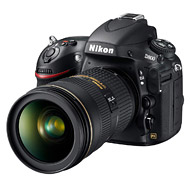 | Nikon D800 Pros: Ergonomics, battery life, viewfinder, simple and orderly Menu, dynamic range, Nikon F lens range, sensor Cons: High ISO, weight, Live View, Flash, skin wear Opinion: To date for me the absolute reflex: machine demanding both for weight and for use, is not the classic reflex for photographers of the Sunday or the "Instagrammers" and maybe even for this has entered right from the start in my heart. In a 1kg body hides a beast of portraiture unmatched, when it came out marked an era going to redefine the canons of photography as it was the first to launch over the threshold of 30mpx. Dynamic range simply incredible, if used with judgement returns incredible files. Ergonomics and childbirth body with what together with the dynamic range and the viewfinder is the real strength of the D800, namely ergonomics. Machine that despite the weight anything but light immediately gives a handle and unrivalled feedback hiding in part (because the long feels on the wrist) the weight and dimensions decidedly important of this camera and use in Molt I have not understood or appreciated this camera giving faults and looking for flaws in the camera itself, the reason is simple: it is not a camera for everyone. Given the high Pixel density (36 million) it often runs in grit and shake, the ISO hold of this camera remains another sore note: In light conditions semi-critical reached the share of 800-1000 the grain begins to become important and then Make the file irrecoverable once you have reached the 3200. Batteries and accessories on the D800 Nikon mounted the en-EL15 to lithium, which mounting the MB-D12 battery Grip became 2 doubling its durability, I was able to test it with the BL-5 adapter, which allows you to use the En-EL18 (the battery of the flagship D4) by increasing autonomy and gust. Among the indispensable accessories there is the shell eye viewfinder, the CF Lexar 800x (or 1066x) 64/128GB Conclusions I hardly separated from an object with fatigue, yet with the D800 has succeeded. I am separated after not a few reflections and not a few doubts about it to switch to mirrorless. Even before components such as weight, ISO management and other features where you could hear the GAP with modern SLR/mirrorless my choice was dictated by the wear of the skins decidedly marked and completely strange in my case since I do not suffer from excessive Sweating of hands. Despite everything remains to this day the car of which I miss the most. sent on August 18, 2018 |
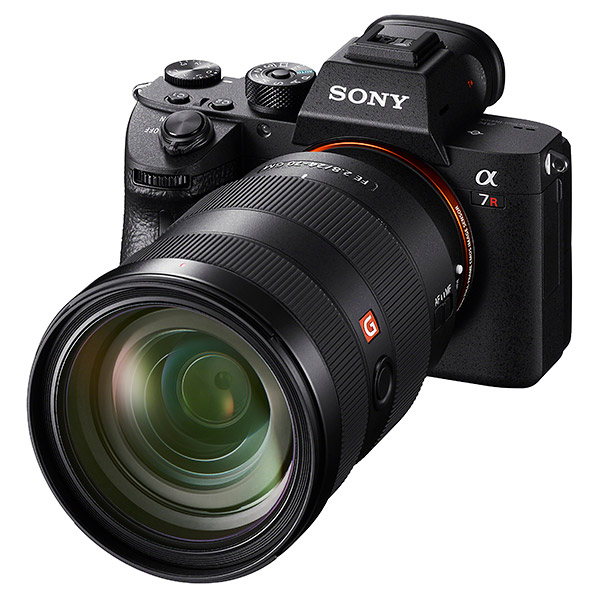 | Sony A7r III Pros: Weight and portability, Eye AF, battery life, Live View, Focus peaking, dynamic range,? Sensor, ISO Seal Cons: Ergonomics, viewfinder, Sony E-mount lens range, AUTO functions Opinion: Ergonomics and body ergonomics was right from the start the real Handicap of this camera, you really feel the absence of that cm of body more that would allow the little finger to properly grip the camera. Sony (later since it is a defect that is brought back from the first series of the A7) introduced an "extension" that I find rather useless, I have instead found the solution alongside the inevitable Battery-Grip (Essential accessory for me) an L plate ARCA-Swiss 3 Legged Arms of a Beautiful "orange Sony" as beautiful as functional. I find it very confusing and misleading the menu: it is easy to get lost even if you read the manual well. I have missed so far of Nikon that feeling to always have everything in the right place without having "in the middle of the boxes" automatic functions for me unnecessary, I appreciated instead the lack of flash as it is known that the ones fitted as standard are absolutely Devoid of functionality and extreme fragility. High quality instead the "skins" used to coat the camera, give a nice feedback and have a good grip and specific use since the first use (as in part mentioned above) I found myself having to "fight" with this handicap of lack of a place where to put the little finger, a lack not recently and reiterated since it is a handicap since the first series. Coming to the features this camera has really interesting features such as the eye AF that allows (especially with native Sony lenses) to have a MAF on the eye in the foreground almost perfect. Useful and equally practical the Focus peaking that makes MAF manuals simply perfect and therefore to evaluate the use of vintage lenses with a few euro adapter. I also found the live view really good, see the photo "as it will" is a thing not just to which however you have to get used to it, also the dynamic range is simply extraordinary: coming from Nikon D800 that had nothing to envy the current SLR I was well accustomed but even in this the A7R III has managed to amaze me. Unnecessary, especially if you evaluate the type of camera and its cost, AUTO functions and filters in the room presets that I simply find the functions implemented for all those who buy only to have expensive toys to shoot Photos to children, dog, and generic photos. Last but not least the issue of lenses, to date there is a park native lenses dignified recently implemented by the Sigma ART series optics that added that pepper that was lacking in the competition, unfortunately the choice is still very slow but I have no doubt that it will incremented in the future. Batteries and Accessories I had always heard friends in the possession of other Sony of previous series (those that mount the NP-FW50) complain not little about the life of the battery, on this I have to say that you do not have autonomies from reflex but we lack little. 600 shots with a charge are definitely not a mirage, the machine in full use never heats excessively and the charging times are very reasonable. Absolutely to buy the cover of Gariz (to improve aesthetics, grip and increase the protection) and the original Battery grip Sony VG-C3EM that in addition to making it perfect for shots in portrait mode makes it even easier to recharge: from the A7R III is In fact, you can recharge both on-body batteries with a simple powerbank or by connecting the camera to a wall-mounted power supply with the appropriate type-C cable conclusions the A7R III is to date my camera reference, for these first few months of use can not I know I'm happy with the use and I recommend the purchase to all those who are attracted by ultra-dense pixel sensors and fans of genres such as portraiture, street and landscaping sent on August 18, 2018 |
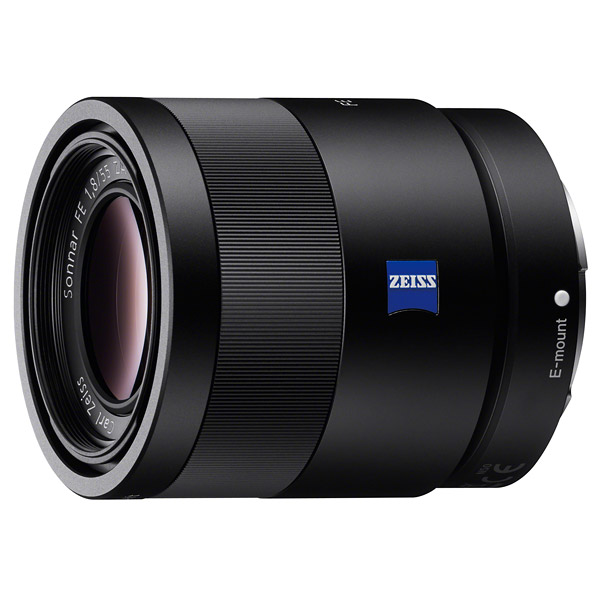 | Sony FE 55mm f/1.8 ZA Sonnar T* Pros: Construction, weight Cons: Minimum distance of MAF, outrageous price on the new, edges, AF sometimes hesitant Opinion: I purchased this lens used as the very first lens for my Sony A7R III, the lens looks built very well and with size and compactness to which I was not accustomed (before I owned D800 and Sigma Art 50). The ring nuts have a nice endless excursion with a good feedback, the hood is very well built and equipped with a knurled internal coating to avoid "bounces" of light. As for the photographic compartment this lens has convinced me less, we clarify right from the start: about sharpness nothing to say, but with regard to the homogeneity of the frame, accuracy of the MAF and the minimum distance of MAF is not for nothing well. It has a distance of huge MAF and the AF shows itself too many times hesitant, not to mention the price that for me is the real sore note of this lens. I do not doubt that many people may like and/or excite the fact that "mirrors the mirrorless philosophy" etc, but a lens before being light/beautiful to see/What you want must be efficient and this alas is not. The Sigma Art 50 costs €300 in less (weighs even almost half a kilo more) but returns a blurry and the files that this unfortunately if you dream them. I think I will sell it to resume the 50 Art in configuration with the MC-11 or with more FE attack in the sent on July 07, 2018 |
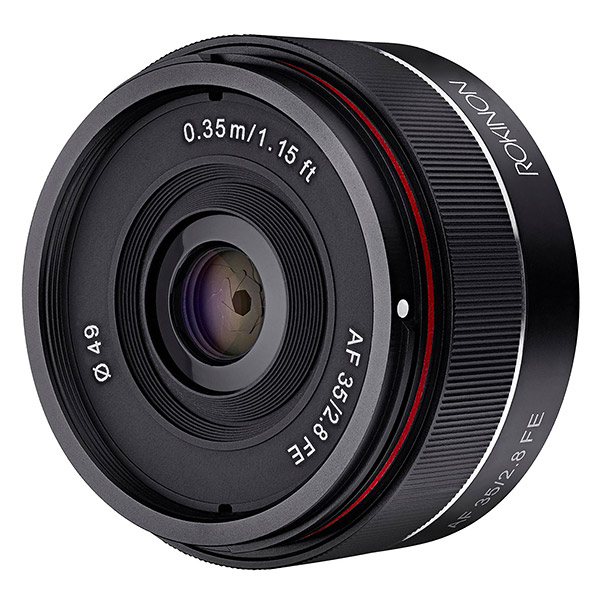 | Samyang FE 35mm f/2.8 AF Pros: Image quality, weight, price, TA-edges Cons: AF speed at some junctures, AF-C Opinion: I purchased this lens at the time of my trip to Holland, I was eager to have a lightweight handyman to keep mounted on my A7R III and the choice was between this and its direct rival: the Zeiss 35 2.8. After a few ratings on buying the new Samyang or the Zeiss used I decided for Sammy. The lens is presented with a construction that provides plastic materials but well assembled and with a very negligible weight, I find very curious the "lens hood" (problem that unites with its direct rival) as it is a simple plastic ring screwed on the lens. As for the photographic compartment the lens is really amazing: even at TA it maintains a good quality of the edges and if you close 1.5/2 stop it becomes noticeable all over the frame. In AF-S the speed of MAF is really good and always hooks well (except in low light conditions where it suffers not little), the situation becomes a little more problematic when you decide to switch to AF-C: Easily loses the hook and if you use it in video know that You really feel so much. However for the use that I have to do it goes more than good and I can only recommend it, compared to the Zeiss the real big differences that I find are in the price and in the noise of AF while regarding the image quality nothing to say: very sharp files and Clean, the first few times we are amazed at price & weight visas. For me, since I switched to mirrorless, it's together with the Sony 85 1.8 FE a best-buy sent on July 07, 2018 |
 JuzaPhoto contains affiliate links from Amazon and Ebay and JuzaPhoto earn a commission in case of purchase through affiliate links.
JuzaPhoto contains affiliate links from Amazon and Ebay and JuzaPhoto earn a commission in case of purchase through affiliate links.May Beauty Be Everywhere Around Me